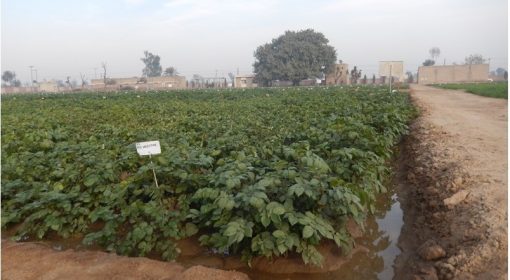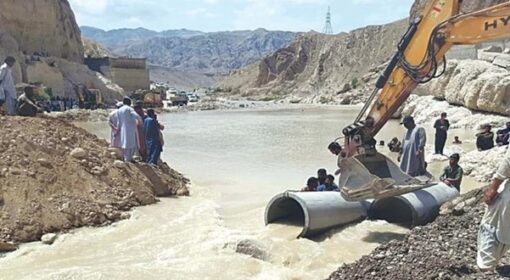By Popi Michelogiannaki and Frank van Steenbergen

Throughout western Sindh and Balochistan, gabarbands or long-stretched dams were constructed by ancient communities to trap and store water for domestic use and irrigated agriculture. The Sindh Archaeological Project has discovered evidence of numerous gabarbands in the regions of Balochistan since the 4th and 3rd millennia BC.
Remarkably, these millennia-old constructions display technical prowess, know-how, and hydrological expertise not different from current-day dams. The sole distinction is that modern dams use masonry, cement, and riprap, whereas archaic counterparts are constructed of stones and dirt.
From the old times the gabarbands were used to utilize rainwater efficiently and collect it from open areas. Several stonewalls were built along the slopes at points where rainwater can be diverted and channelized into low-lying depressions being filled with alluvial soil to practice agriculture. Until the following monsoon season, the low-lying depressions would continue to hold water. During droughts, nomadic-herding camps were spread throughout the region.

Gabarbands and the associated fields were used to do cultivation by simultaneously catching water and enhancing the deposition of silt to create cultivable soil. Gabarbands are essentially terraces onto which the seasonal run-off of nonperennial streams are directed, enabling silting of the fields constructed behind the gabarband and their watering during the seasonal flood. This system allowed for the cultivation of both winter and summer crops in areas where precipitation in itself is too low. The fields were cultivated following different combinations of cropping patterns that are related to the location of the field: head, midstream or tail.
Gabarbands structures are still common today across river valley floors to divert and trap runoff water, to slow down floodwaters, or to simply store water for longer periods.



